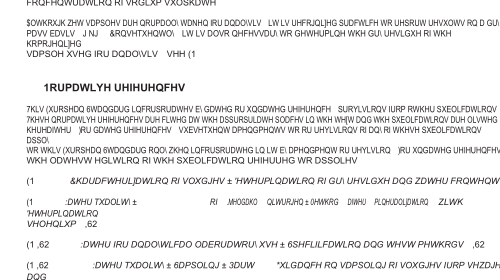BS EN 13342:2000 – Characterization of sludges Ð Determination of Kjeldahl nitrogen

5 Limitations and interferences
5.1 Limitations The digestion fails to determine nitrogen in the form of azide, azine, azo-compounds, hydrazine, nitrate, nitrite, nitroso-compounds, oxime, semi-carbazone and ntrile. 5.2 Nitrate/Nitrite The presence of nitrate or nitrite may cause rratic results, but not at the levels normally found in sludge. 6 Reagents During the analysis, use water of purity grade 2 a昭s specified in EN ISO 3696 and reagents of recognized analytical grade. 6.1 Sulphuric acid, HSO4 ρ= 1.84 g/ml.
6.2 Digestion catalyst.
6.2.1 General Prevlous experience has shown that equlvalent results can be obtained using a less toxlc copper catalyst (6.2.3) in place of the selenium catalyst (6.2 .2). However, before employing this catalyst, the user should demonstrate that equlvalent results can be obtained for the typlcal range of sludges analysed. If the results are to be used for legal purposes or to resolve trade disputes, then the selenium catalyst should be used. The selenlum catalyst method should be regarded as the absolute reference method. For the vast majorty of sludges, the copper calyst should give ft for purpose results.
6.2.2 Selenium catalyst Thoroughly mix (1 000 土20) g of anhydrous sodium sulphate with (50士1) g of selenium powder or prevlously ground selenlum pllets. WARNING This mixture is toxic. Inhalation of any dust resulting from its preparation or use shall be avolded. All residues containing selenium shall be ollected for selenium recovery or controlled disposal. NOTE This catalyst is commercially available as tablets.
6.2.3 Copper catalyst (see 6.2.1) Thoroughly mix (1000 土20) g of anhydrous sodium sulphate with (100 土2) g of copper sulphate pentahydrate (CuSO+5H2O) . NOTE This catalyst is commercialy available as tablels
6.3 Sodium hydroxide solution Cautiously add approximately 800 ml of water to (500土20) g of sodium hydroxide pellets contained in a plastics beaker, with strring and dissolve. It is strongly recommended that the outside of the beaker is cooled with running cold water whilst adding the 800 ml of water. When cooled, dilute with water to 1 000 ml in a stoppered measurement cylinder. Store in a polyethylene botle.
BS EN 13342:2000 – Characterization of sludges Ð Determination of Kjeldahl nitrogen